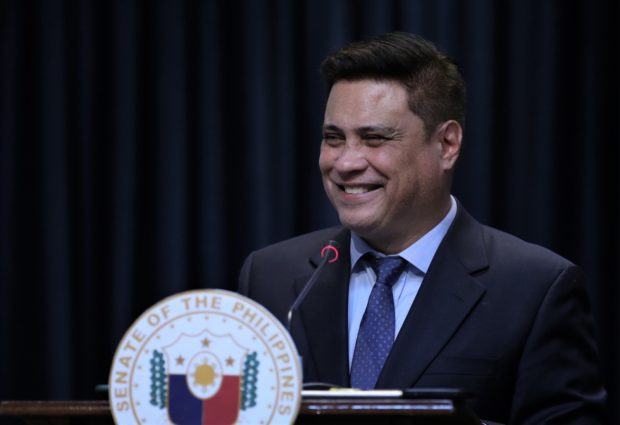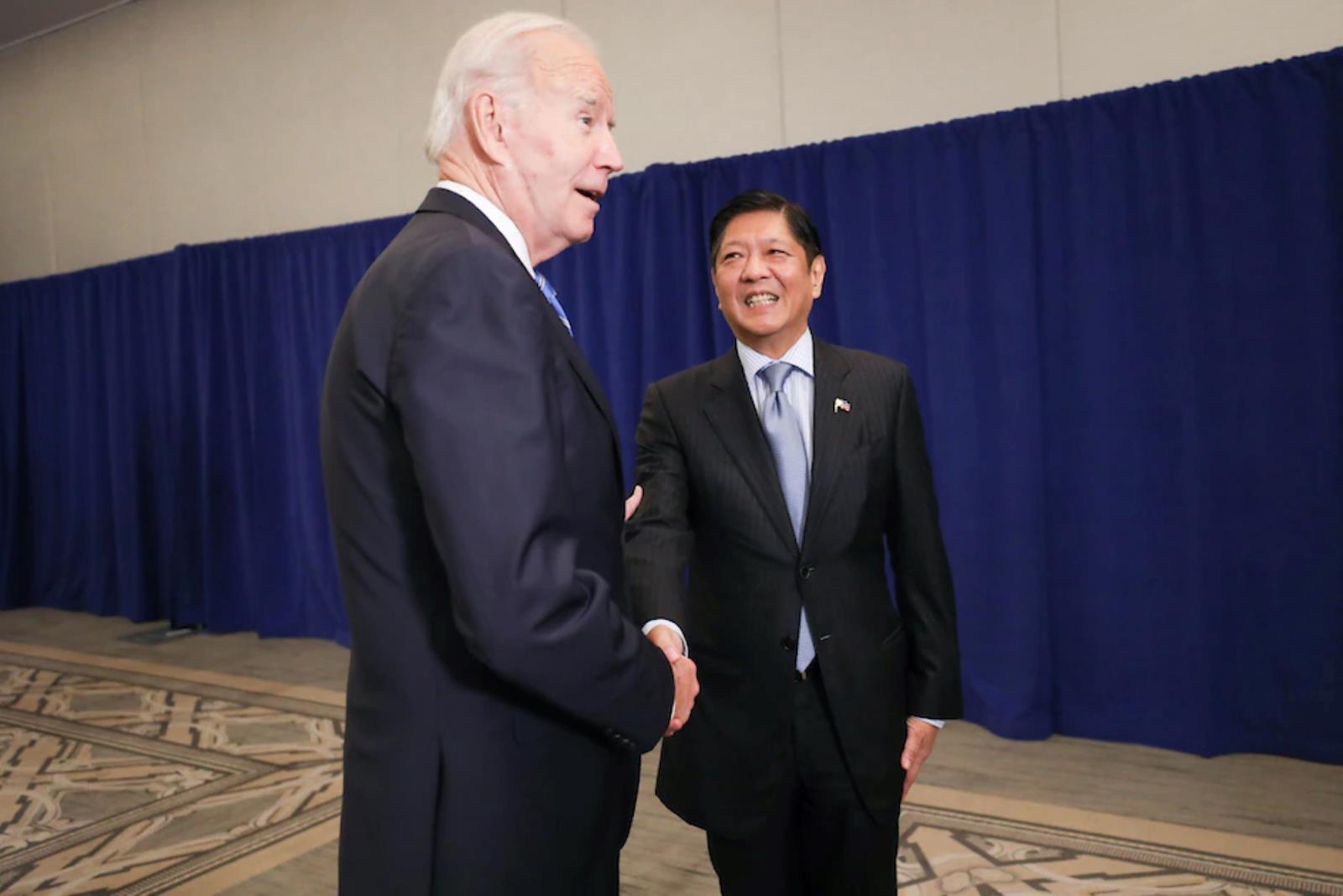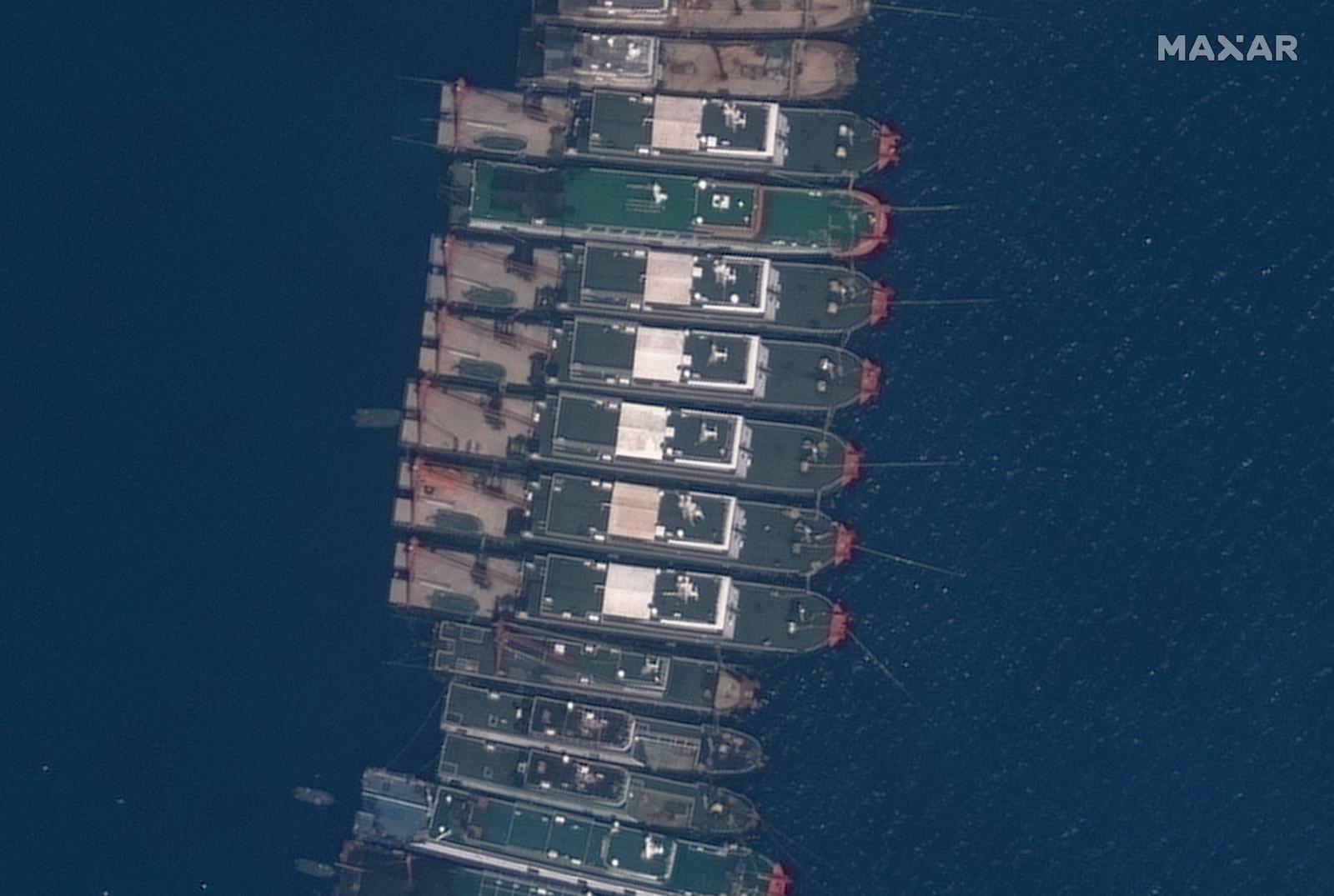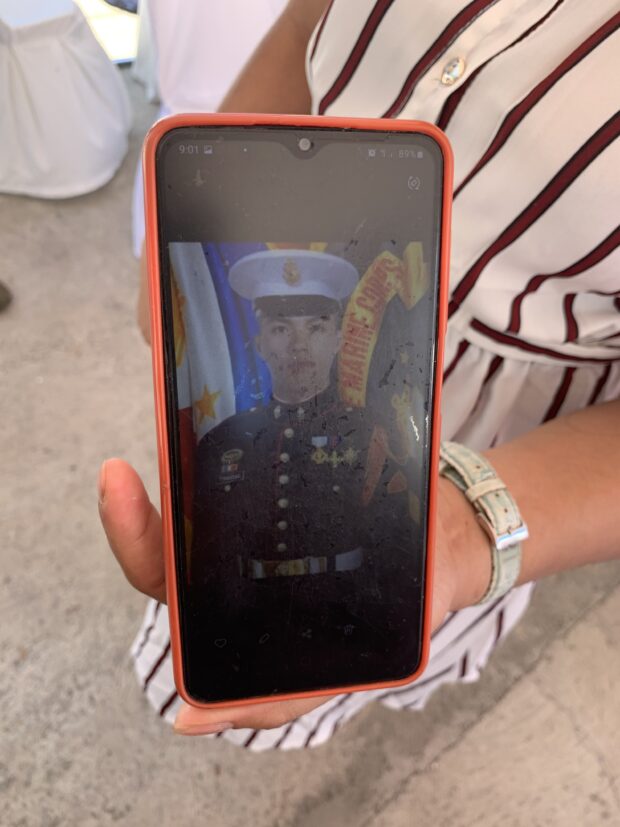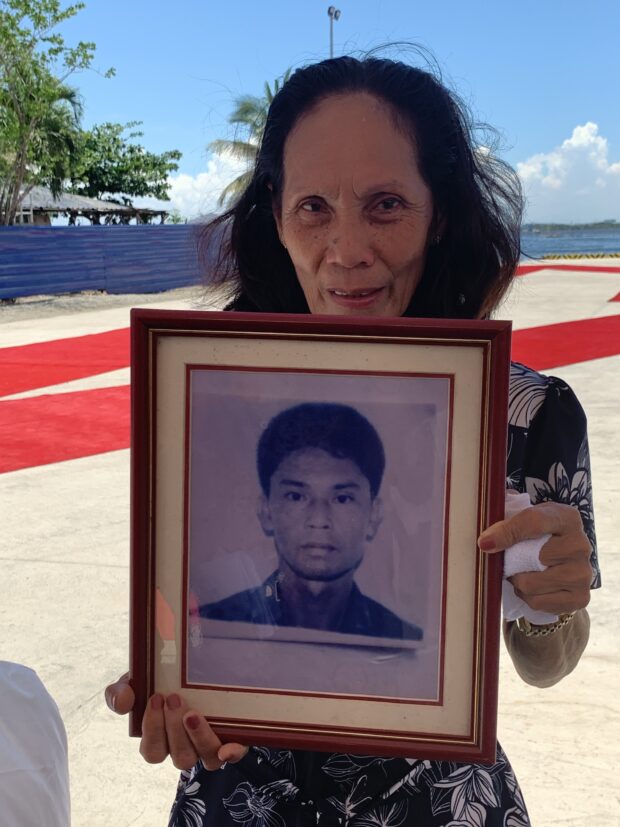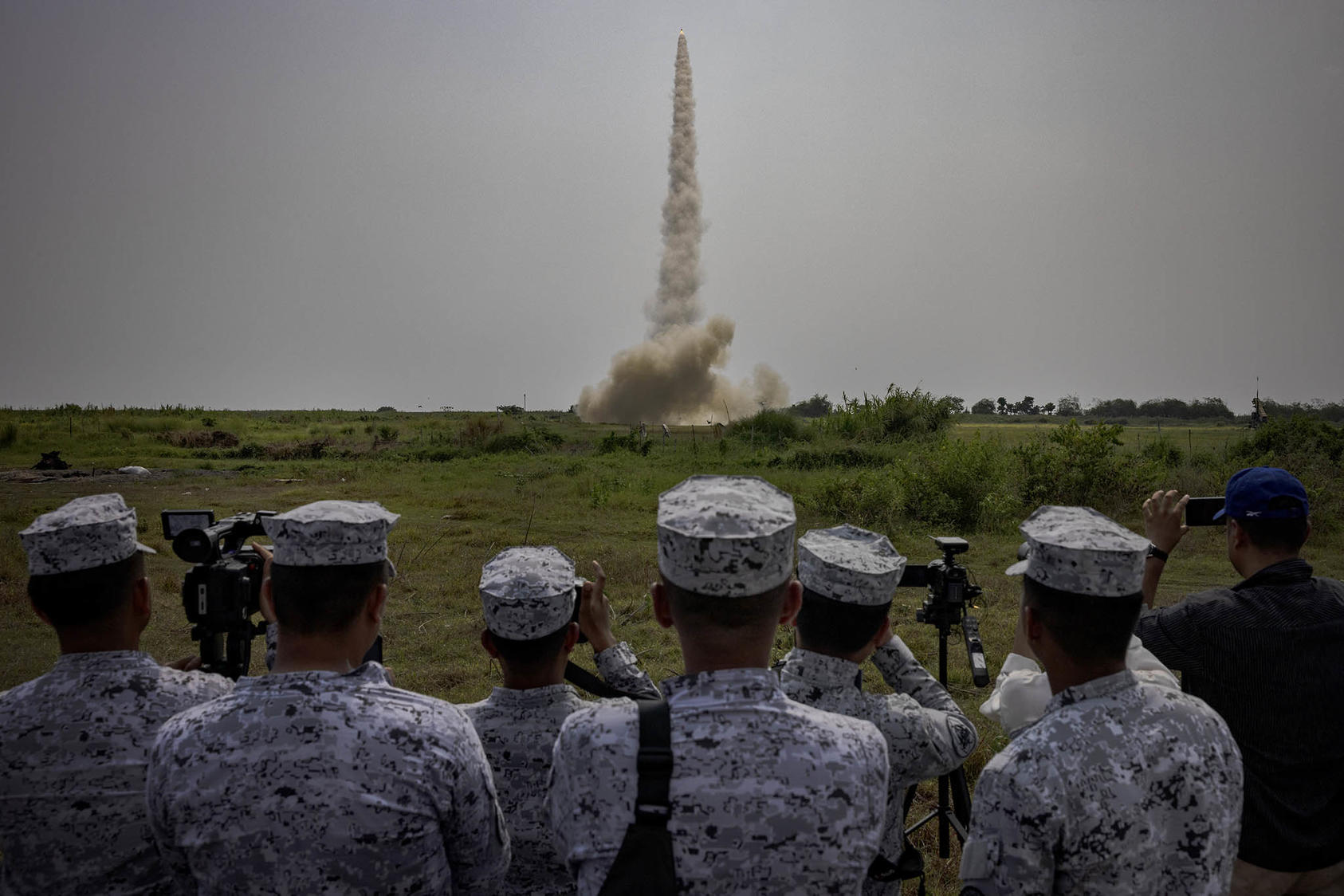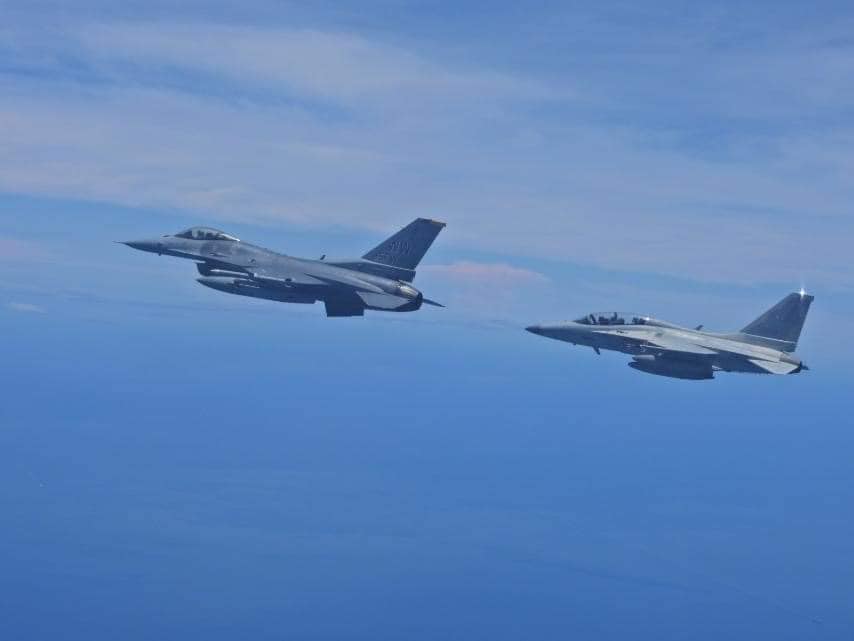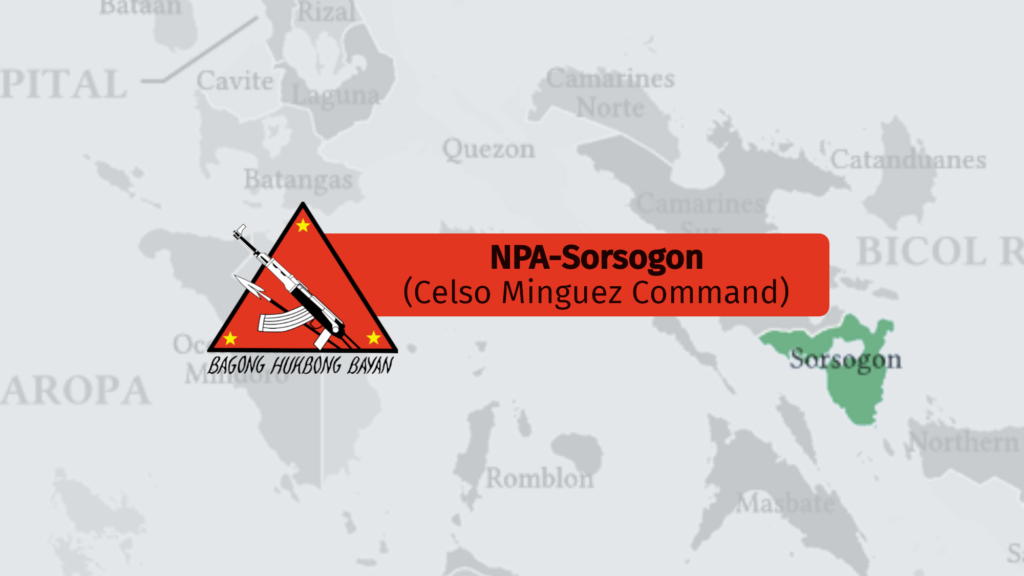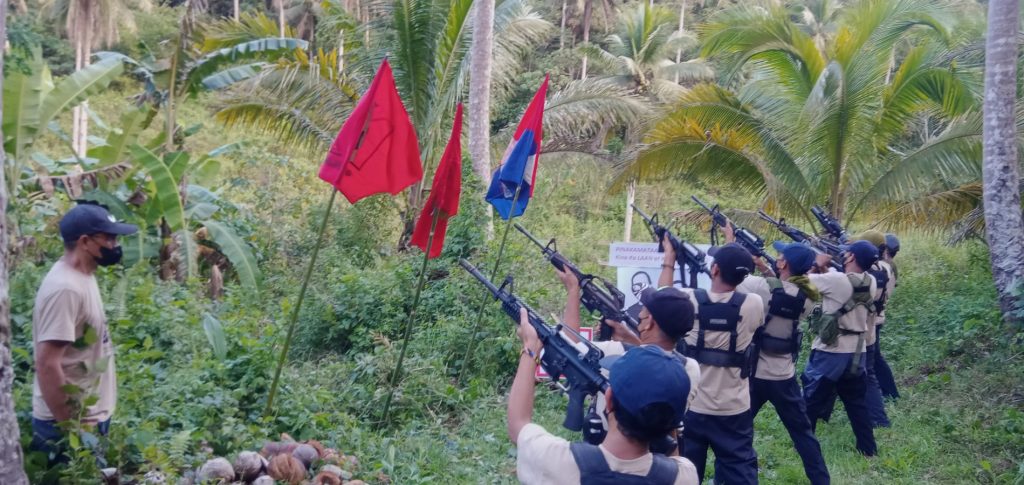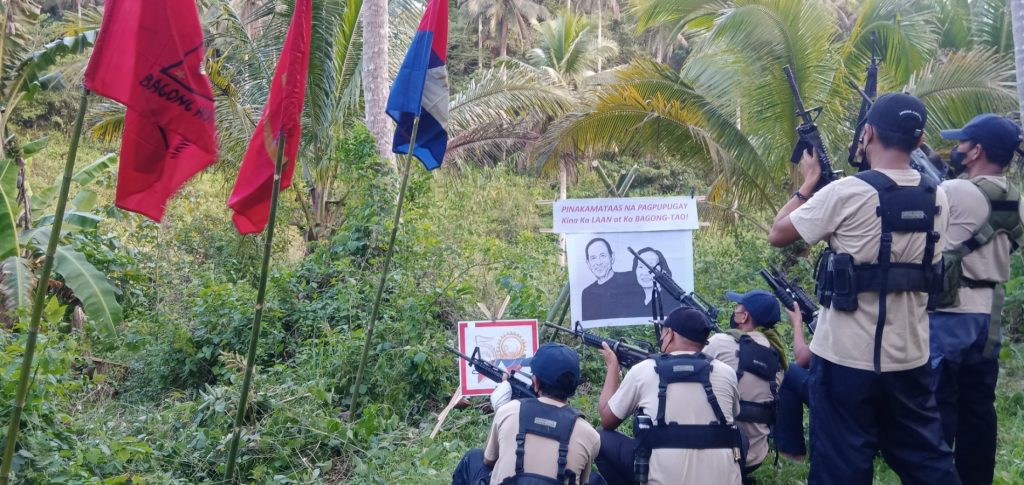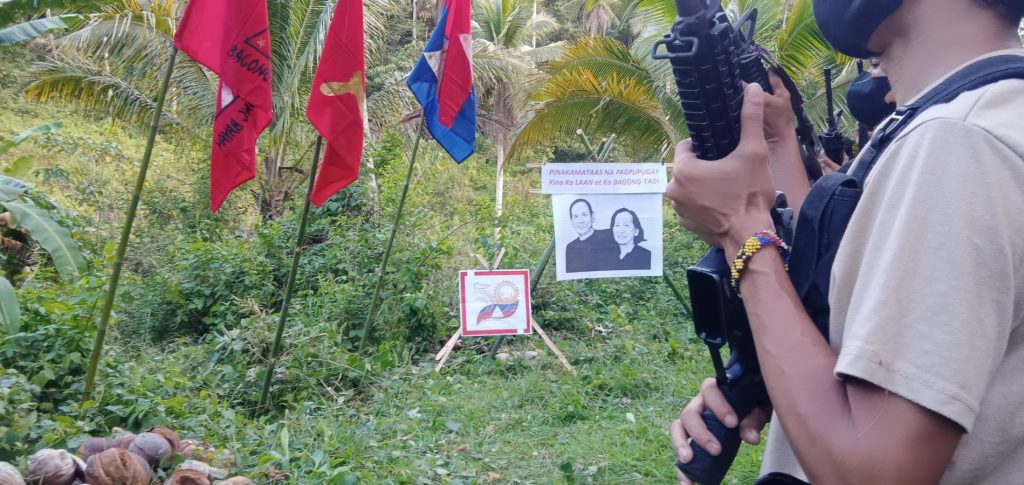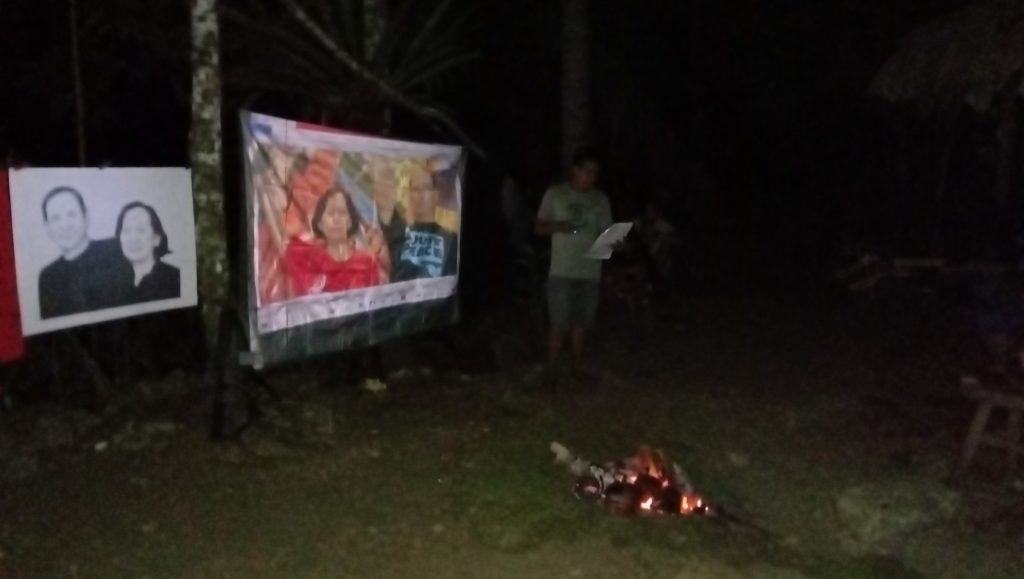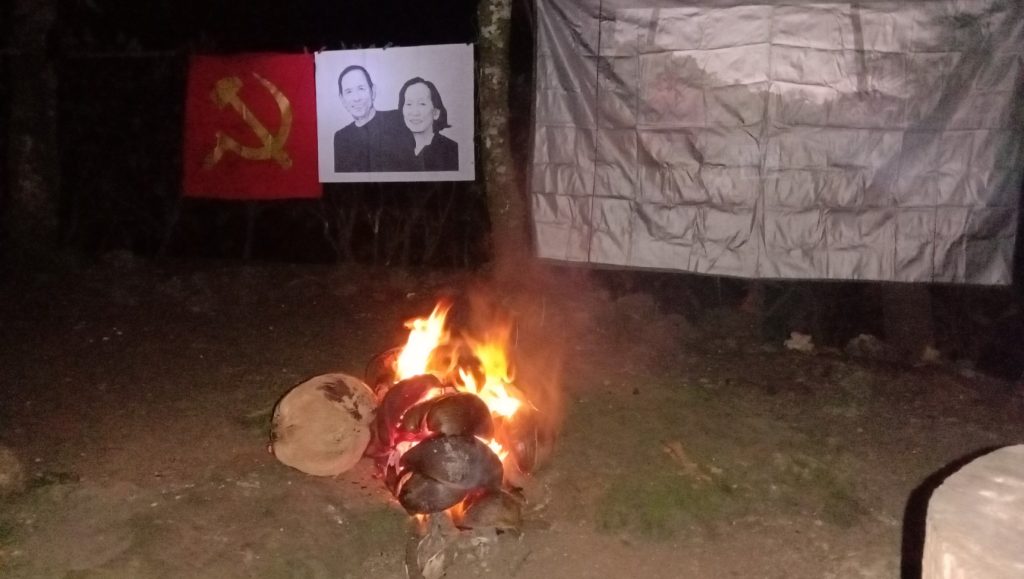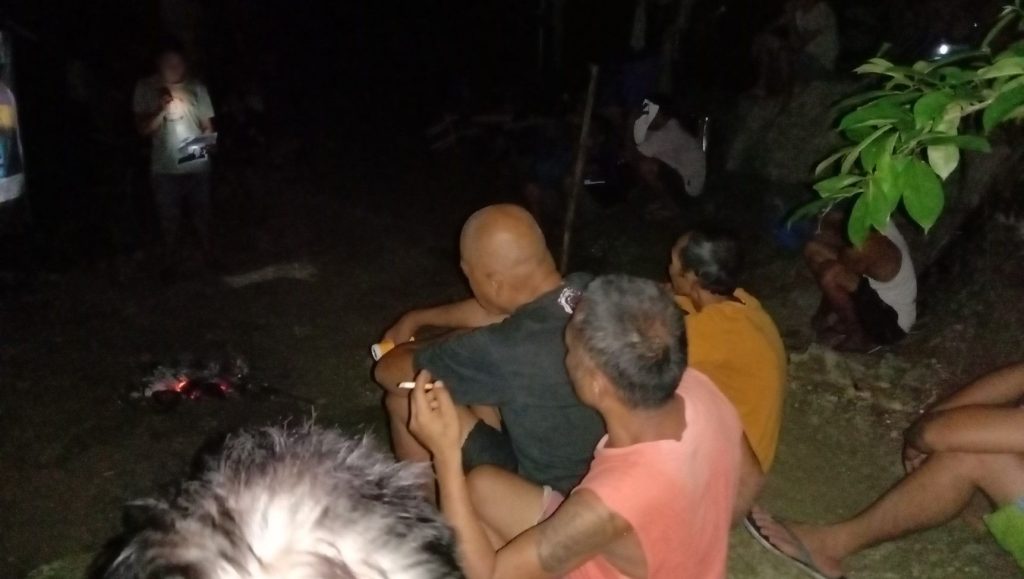Posted to Nikkei Asia (May 8, 2023): Philippines' Marcos muscles up ASEAN's South China Sea posture (By CLIFF VENZON and NORMAN GOH, Nikkei staff writers)
China tensions loom over bloc summit as Malaysia asserts gas rights, Vietnam hones defenseSAN ANTONIO, Philippines/KUALA LUMPUR -- Clad in a bomber jacket, Philippine President Ferdinand Marcos Jr. climbed into the cabin of a High Mobility Artillery Rocket System (HIMARS) for a briefing on the American launcher's lethal capabilities.
Later, from an observation tower, he peered into binoculars as another HIMARS fired six rockets at a decommissioned corvette in waters facing the South China Sea, where the Philippines and China are embroiled in a long-standing maritime dispute. The rockets missed, but U.S. and Philippine airstrikes sunk the ship.
The simulation Marcos attended on April 26 capped two weeks of joint drills named Balikatan -- meaning "shoulder to shoulder." This year's edition was the largest the U.S. and Philippines had ever conducted together, with 17,600 participants.
Marcos' presence highlighted a dramatic shift in Manila's approach to the South China Sea dispute since he took office last June -- a move one analyst said could embolden other claimants, some of which have also changed governments in the past year.
This week, the South China Sea dispute is expected to be high on the agenda when leaders of the Association of Southeast Asian Nations hold their summit in Indonesia. ASEAN states Brunei, Malaysia and Vietnam also lay claims to parts of the waterway, through which around $3 trillion worth of trade passes annually.
Marcos' predecessor, Rodrigo Duterte, had threatened to end the Philippine-U.S. troop deployment agreement that facilitated Balikatan. Duterte also wanted to scale down such maritime security drills, wary of upsetting China, which he eagerly courted for investment. While Marcos himself in January won $22.8 billion in investment pledges from China, which officials say are slowly being realized, the new Philippine leader has risked Beijing's ire with his decision to expand the U.S. military presence in his country and to publicize China's aggressive actions in the Philippines' exclusive economic zone (EEZ).
That body of ocean -- the section of the South China Sea covered by the Philippines' EEZ -- includes the Scarborough Shoal and Spratly Islands.
"The Philippines' strengthened posture in the South China Sea, with its increased cooperation with the U.S. and its willingness to 'name and shame' China's illegal activities in the region, will encourage other Southeast Asian claimants to be more confident in protecting their rights in the South China Sea," predicted Alexander Vuving, a professor at the Daniel K. Inouye Asia-Pacific Center for Security Studies in Honolulu.
The other claimants are less likely to "feel alone," he explained.

Philippine President Ferdinand Marcos Jr., who has taken a stronger stand on South China Sea disputes in his first year in office, gets a briefing on the U.S. High Mobility Artillery Rocket System during a live fire exercise on April 26. © AP
Beijing has bolstered its own expansive claims over the critical swath of ocean, building artificial islands with military installations in contested waters. It continues to reject a 2016 ruling by an international arbitration court that invalidated its assertion of sweeping sovereignty based on historical maps, after a long-running case originally filed by Manila.
In recent years, Chinese vessels have obstructed Filipino fishermen in traditional fishing grounds; rammed and sunk a Filipino fishing boat; swarmed Manila's EEZ; and in February used a military grade laser light against a Philippine Coast Guard ship, temporarily blinding its crew.
Amid the simmering tensions, Marcos has ordered the Philippine military -- which has been fighting domestic communist and Islamist rebels for decades -- to focus on external defense.
Marcos in February also approved four additional military bases that the U.S. can access to help safeguard Manila's interests. "We do not want to be provocative but ... we feel that it will help in making sure that there is safe passage in the South China Sea," Marcos told Nikkei Asia in an interview in February when asked about his base access decision.

Last week, Marcos visited the U.S. to meet with President Joe Biden. In Washington, he won security guarantees as well as donations of patrol vessels and aircraft. The partners also set up new bilateral defense guidelines that aim to modernize their alliance under their 1951 Mutual Defense Treaty. The guidelines call for expanded maritime cooperation, including joint patrols.
"As President Biden has made clear, our commitment to the defense of the Philippines is ironclad. And let me say once again that our [treaty] applies to armed attacks on our armed forces, Coast Guard vessels, public vessels or aircraft in the Pacific, including anywhere in the South China Sea," U.S. Defense Secretary Lloyd Austin told Marcos.
Washington has no claim of its own over the South China Sea, but the area has become a flashpoint in the U.S.-China power rivalry. Chinese Foreign Ministry spokesperson Mao Ning on Thursday said Beijing opposes "any country's move to meddle in the South China Sea issue to harm China's territorial sovereignty and maritime rights and interests."
She added, "I would like to stress that the South China Sea is the shared home for countries in the region, not a hunting ground for forces outside the region."

Philippine President Marcos and U.S. President Joe Biden walk to the Oval Office in Washington on May 1. © Reuters
Days before Marcos' visit, the U.S. accused China of "harassment and intimidation" in the South China Sea, after the Philippine Coast Guard reported "aggressive tactics" and "dangerous maneuvers" by Chinese vessels during a round of weeklong patrols within the Philippines' EEZ.
The coast guard said its patrols were "in accordance with President Marcos' directive." It even brought in journalists to document confrontations with Chinese ships -- part of Manila's move to increase public awareness of Beijing's aggressiveness.
Elsewhere, there are some signs of other claimants insisting on their rights in the resource-rich sea.

A Chinese H-6K bomber: Beijing says the South China Sea is a "shared home for countries in the region, not a hunting ground for forces outside the region." © Xinhua via AP
Malaysian Prime Minister Anwar Ibrahim, who was sworn in last November, told the parliament in April that he had raised the issue of Chinese encroachment into Malaysian waters and airspace during his visit to China earlier in the month, vowing to press ahead with resource exploration.
"I said this personally to Premier Li Qiang and President Xi Jinping that the gas project is located within the Malaysian [sovereign] area, therefore, Petronas will continue to operate there," Anwar said, noting that he left the door open for negotiations.
State-owned Petronas is exploring the Kasawari Gas Field, off the coast of the state of Sarawak in Borneo. The field is estimated to contain 3.2 trillion cubic feet of natural gas and is considered vital to Malaysia's economic future. A China Coast Guard vessel had been spotted operating near the project.
Long before Marcos took office, Vietnam was also speaking up about China's South China Sea maneuvering. This is likely to continue after this year's leadership changes in Hanoi, analysts said.
Significantly, Vietnam has been quietly modernizing its navy, air force and cyberwarfare capabilities. It has also moved to develop defense cooperation with foreign partners on weapons procurement, joint military drills and intelligence sharing, noted Ha Hoang Hop, an associate senior fellow at ISEAS Yusof Ishak Institute in Singapore. These are "all necessary steps" to enhance Vietnam's defense and security, to help "hedge" external risks, he said.

Malaysian Prime Minister Anwar Ibrahim, pictured during a visit to Manila on March 1, says he has raised the issue of maritime encroachments with Beijing and vowed to press ahead with resource exploration. © Reuters
Heading into the ASEAN summit, meanwhile, a question is to what degree bloc members -- some with competing South China Sea interests among themselves -- can get on the same page.
For years, ASEAN and China have been in talks for a Code of Conduct in the South China Sea to manage tensions. Indonesia, this year's ASEAN chair, plans to intensify negotiations that have been hampered by divisions among claimant states as well as non-claimant members -- such as Laos and Cambodia -- that are economically dependent on China.
Zokhri Idris, a managing partner of Global Asia Consulting, pointed out that not everyone shares Marcos' enthusiasm for U.S. involvement. "Other claimants like Malaysia and Brunei do not share alliances with the U.S. and especially Malaysia rejects foreign military presence" in Southeast Asia, he said, though he added that Malaysia would not interfere with the Philippines' internal decisions.

In Idris' view, "Vietnam possibly would follow Philippines' moves" in adopting a more muscular posture, though he stressed Hanoi would tread carefully to avoid undermining its rise as a trading nation. Officially, Vietnam also opposes stationing foreign troops on its soil and entering military alliances with outside powers under its "four no's" policy.
Over the past week or so, Vietnam joined the Philippines, Malaysia, Brunei, Indonesia, Singapore and Thailand in maritime drills with India in the South China Sea, under Beijing's watchful gaze.
Whatever ASEAN does, Bich Tran, an adjunct fellow at the Center for Strategic and International Studies in Washington, is skeptical of the Code of Conduct.
"The Code of Conduct process is unproductive regardless of recent developments because China does not want to tie its own hands," Tran said. "Beijing will either drag the negotiation or push for an agreement on its own terms, which ASEAN claimants would not want."

The Arleigh Burke-class guided-missile destroyer USS Milius conducts routine operations in South China Sea on March 24. © U.S. Navy/AP
As for China's actions, Tran does not expect much of a change. "It is unlikely that Beijing will abandon its gray zone tactics in pursuit of a more confrontational strategy," she said, referring to China's usage of nonmilitary vessels to assert its claims.
Like Tran, Vuving at the Daniel K. Inouye Center is doubtful that a code will be hammered out anytime soon. But he suggested the Philippines' emergence as a leader in standing up to China could make it the "main target" of retaliation.
"China will be more aggressive against the Philippines to test how the U.S. would support them," he said. "But China will remain assertive against Vietnam, Malaysia and Indonesia to dissuade these countries from following the Philippines' lead."
[Additional reporting by Kim Dung Tong in Ho Chi Minh City and Erwida Maulia in Jakarta.]
https://asia.nikkei.com/Spotlight/Asia-Insight/Philippines-Marcos-muscles-up-ASEAN-s-South-China-Sea-posture
